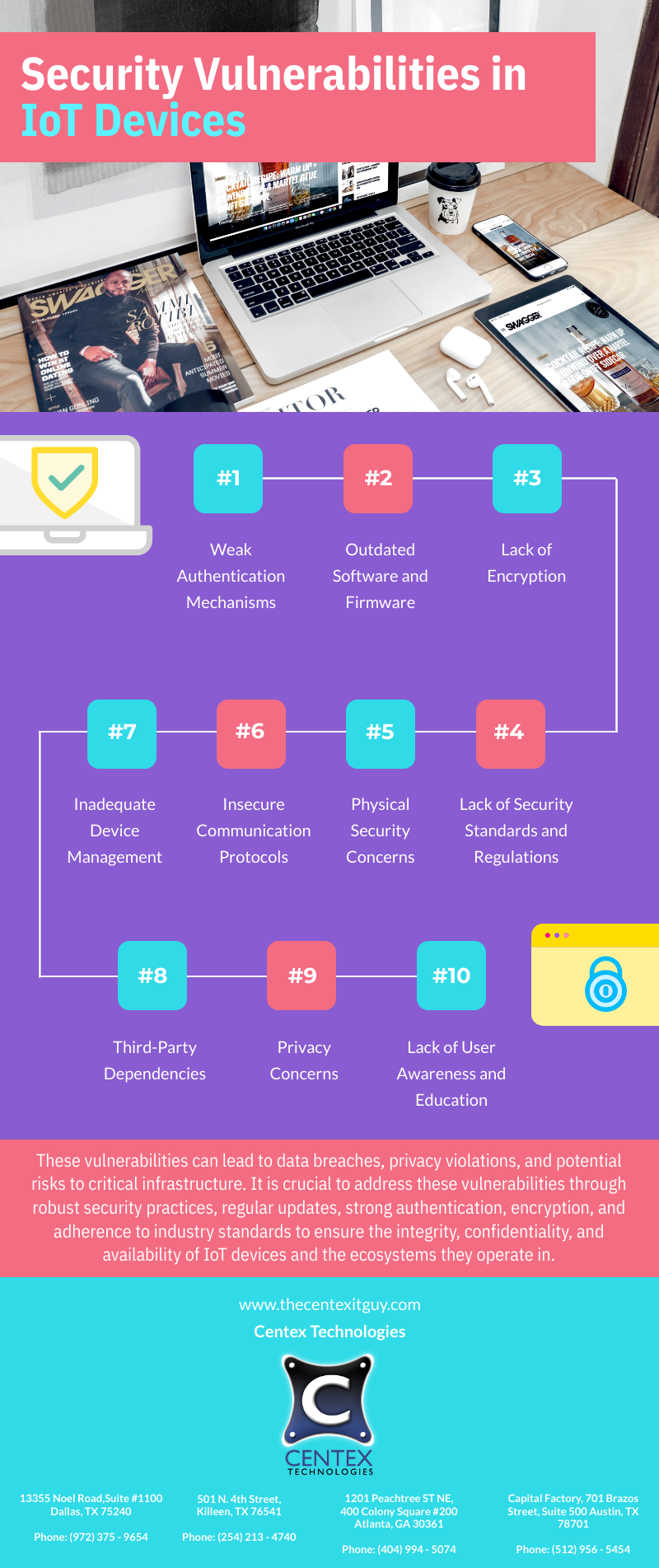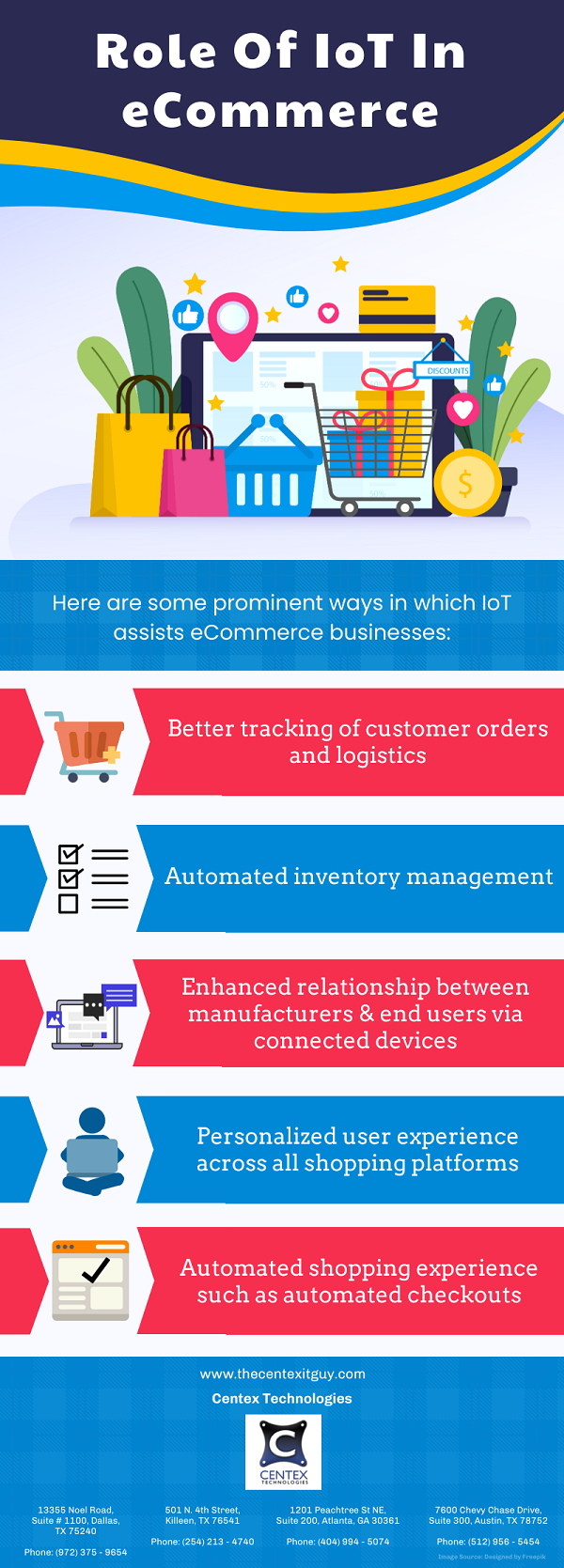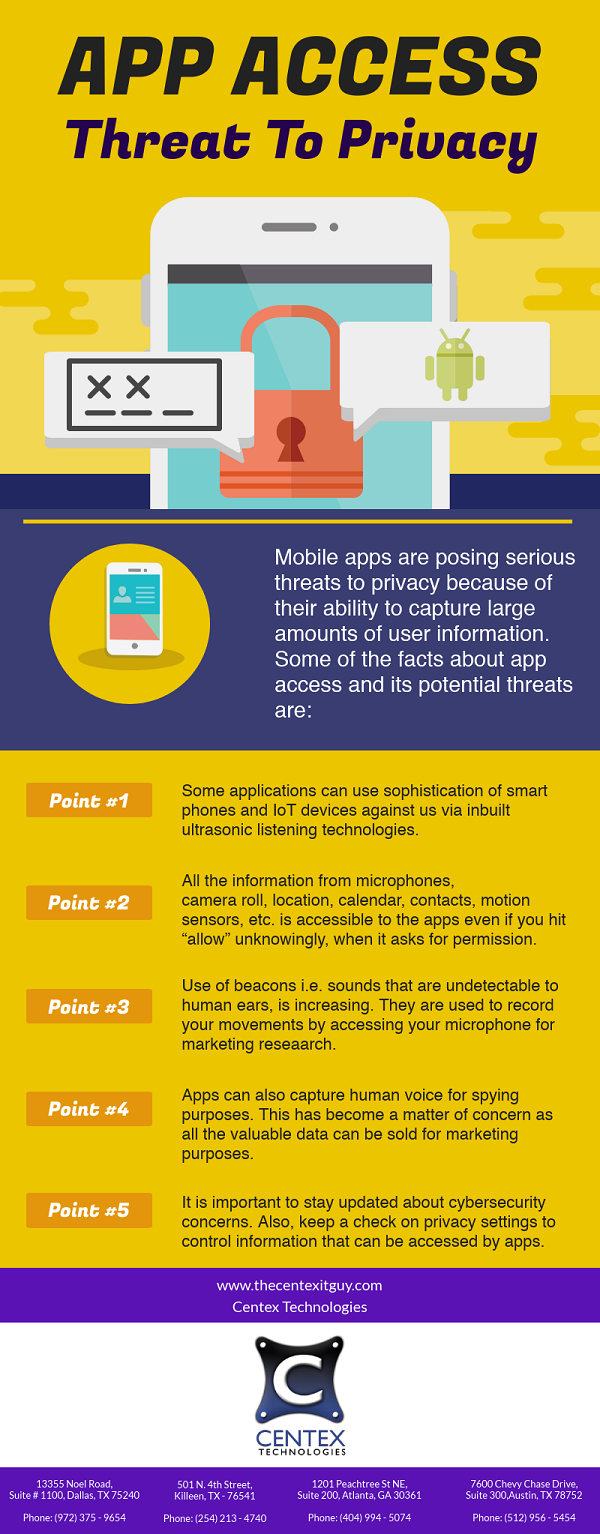PDF Version: Security-Vulnerabilities-in-IoT-Devices
Tag: IoT Page 1 of 2
Manufacturing businesses across the world were able to operate without strengthening their cyber security posture as that sector initially did not face critical cyber threats. However, the advent of PLC-SCADA (Programmable Logic Controller – Supervisory Control and Data Acquisition), IoT (Internet of Things), Robotic Automation, M2M (Machine-to-Machine) Communication, and State-of-the-Art Technological innovations have attracted the heat from APT (Advanced Persistent Threat) groups. Disrupting production and assembly lines, intellectual property theft, economic and employment failures, and hacktivism are some of the causes and motives that drive attackers apart from just the financial gains.
5 Best practices businesses can follow to protect manufacturing, production and assembly lines from hackers:
- Educate and train the employees, partners, and customers: Humans are the weakest link in the entire IT infrastructure that is evident when attackers phish employees for credentials. Security awareness training must be conducted periodically and the company can release advisories and suggest best practices as well. People must be trained to identify, block and report phishing and malicious emails which often is the simplest yet effective way to ward off the biggest cyber threats. Employees must be able to differentiate between genuine and spoofed email senders and user profiles on social media based on a list of red flags provided to them. Everyone in the organizational ecosystem must take ownership of cybersecurity from the entry-level work roles to the C-Suite.
- Deploy 2FA / MFA with Biometrics: Implementing 2FA (2-Factor Authentication) and MFA (Multi-Factor Authentication) along with biometric locks will keep unauthorized users or hackers at bay. It is advised to periodically change the credentials used to access the various digital resources across your organization. Modify and update the vendor-supplied default security configuration to customize as per the business requirements. Deploying an appropriate IAM (Identity and Access Management) plan not only prevents an accidental information modification from employees unauthorized to do so but also limits the scope of access for hackers having stolen the employees’ credentials.
- Update and upgrade the software and hardware: Always update the hardware and software components used in your equipment and technologies periodically as per the vendor’s suggestions. Your lethargy or temptation to ignore the security updates might attract the attention of attackers to hack into your production systems and cause damage. Customers, partners, and end-users must be notified every time a new hardware or software update or upgrade is available for roll-out with the company. Patch the software for existing vulnerabilities and also design plans for setting up network communication architecture implementing defense-in-depth and depth-in-defense approaches.
- Data Privacy & Security with Disaster Resiliency: Companies must be aware of all the T&Cs (Terms and Conditions) about data storage and usage policies of its partners and customers. It is advised to conduct KYC (Know Your Client) background checks before storing any PII (Personally Identifiable Information) or confidential data of your customers and partners. You must encrypt the trade secrets, blueprints, business strategy related files in online and/or offline storage. Utilize encrypted and secure channels to share or transfer data with authorized users and groups. Businesses must aim to procure and deploy a robust and reliable technology tech-stack. The SaaS (Software-as-a-Service), PaaS (Platform-as-a-Service) and IaaS (Infrastructure-as-a-Service) applications must be used along with leveraging Military-grade encryption, Fail-safe Data Backups, Anti-Ransomware Solutions and Disaster Recovery mechanisms to protect your data from loss or corruption in case of any human or natural disaster.
- Holistic IT Strategies: Maintaining your organization’s credibility in the market among customers via complying to the various regulatory compliances is very important to protect highly sensitive business information. In-house SOC (Security Operations Center) team can monitor the real-time activities of Users, Services, and Applications in your productions and assembly environment. Alternatively, to facilitate inadequate budgets and lack of resources, you can hire an MSSP (Managed Security Service Provider) to outsource your security logging & monitoring requirements. They help in preventing, detecting, analyzing, & mitigating security risks, threats, vulnerabilities, and incidents. Protect the industrial automation machinery & M2M communication equipments with various security solutions such as NGAVs (Next-Gen Anti-Virus), DLP (Data Loss Prevention), XDR (Extended Detection and Response), Honeypot and likewise. Securing the productions and assembly lines would give Hackers a hard time targeting your manufacturing business.
Centex Technologies provide IT and Cybersecurity solutions to businesses including manufacturing units. For more information, call Centex Technologies at (254) 213 – 4740
PDF Version: Role-Of-IoT-In-eCommerce
There is immense hype surrounding Internet of Things (IoT). However, irrespective of technological advancements and immense benefits offered by IoT, there are some potential challenges that limit the application of IoT. In order to understand these hurdles, it is first important to understand what IoT is and how it works?
IoT is a network of interconnected things, devices, machines, animals or humans that are equipped with sensors, software, network connectivity and necessary electronics which enable them to share, exchange and collect data. The sensors of every connection in the network communicate with a cloud system and send data to it through internet connectivity. Once data is received by cloud, the software processes it to take an action like sending an alert or making adjustments to sensor/device with manual efforts of the user.
Following are the hurdles that limit the use of Internet of Things:
- Availability Of Internet: Although IoT offers high levels of convenience and technological access to users, but there is a basic internet requirement for IoT to be operational. Undoubtedly, internet access is not considered to be a problem by majority of people, but there are still some areas of world where internet connectivity may be spotty or absent.
- Expenses: IoT requires placement of sensors on the devices or objects. For implementing this technology to its complete potential, there is a requirement to place sensors on roads, traffic lights, utility grids and buildings. Embedding sensors on all required places is looked upon as a huge expense. Progress has been made to develop cheaper sensors. However, more progress is required before organizations would embrace the technology completely.
- Privacy & Cyber Security: As the number of cyber security breaches is rising, organizations and individuals are thoroughly concerned about the security related to IoT. If every household item or organizational computer is connected over web, it raises the need for strict cyber security protocols.
- Data Surge: It is estimated that by 2020, around 26 billion items or objects will be a part of IoT. This will lead to the generation of large amount of data. So, businesses need to invest in new hardware, equipment and data mining techniques for effectively collecting and analyzing data in real time.
- Consumer Awareness: IoT is a technological buzzword, but still 87% of general public is unaware of the term or its actual meaning. There are chances that people may actually be using the technology in some way and yet be unaware of it. This lack of knowledge may result in loss of interest. However, there has been an increased interest in the use of wearable technology which could act as a gateway for other connected objects.
Irrespective of these hurdles, the number of IoT developers is expected to reach 4.5 million by 2020. This gives a hope for new solutions to these hurdles for facilitating the spread of technology and its applications.
For more information on Internet of Things, call Centex Technologies at (254) 213 – 4740.




